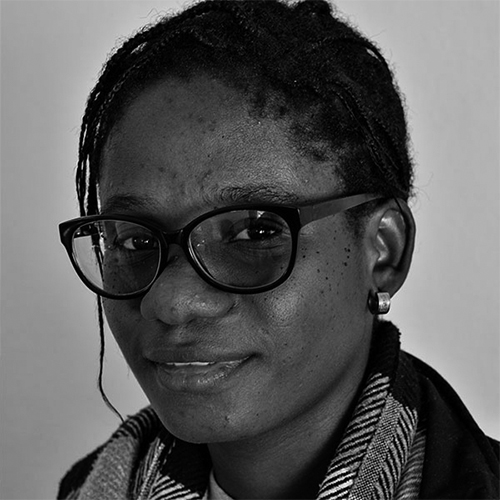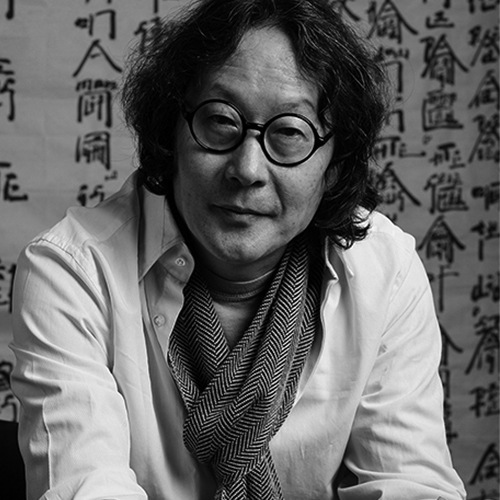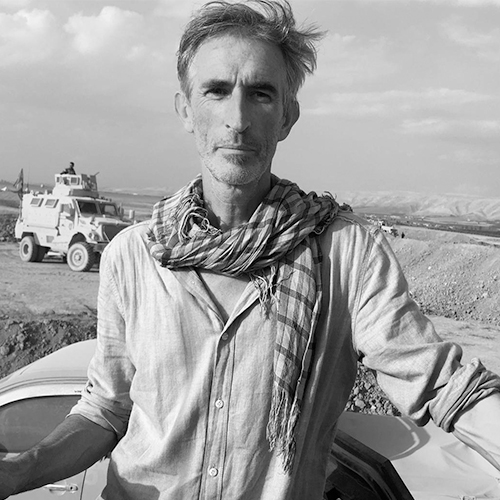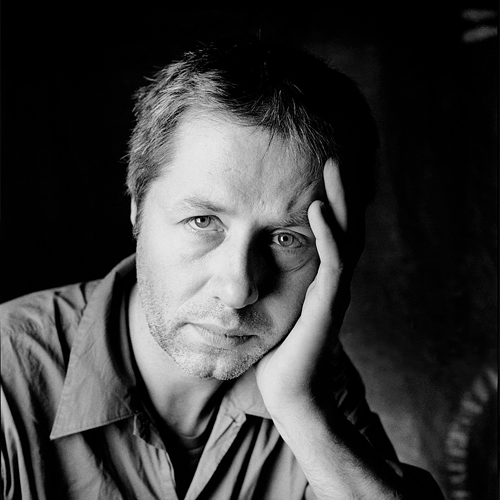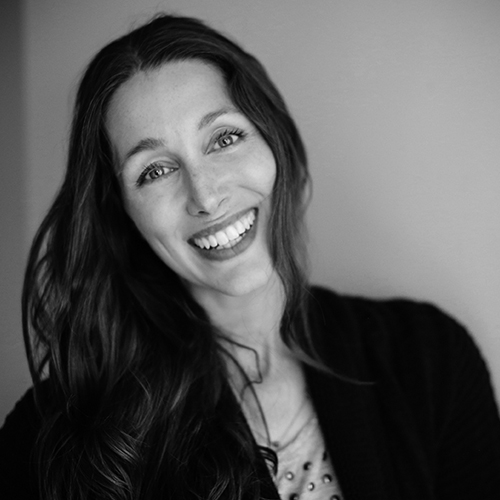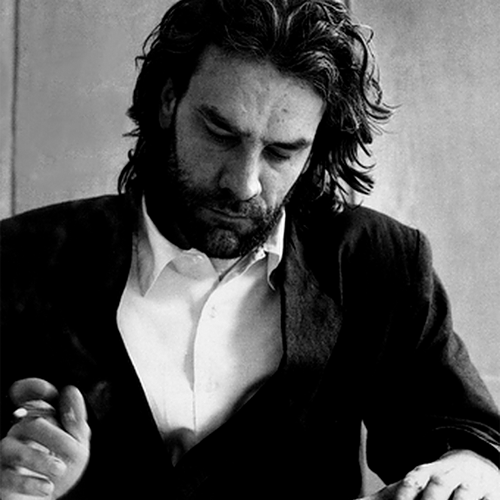Géraldine Tobé
Géraldine TOBÉ was born on February 9, 1992 in Kinshasa, in the Democratic Republic of Congo. As a child, she is considered a child-witch by the evangelical pastors of the country, who try by violence to exorcise her. This traumatic experience, common practice in Congo, made of fire and smoke, will follow Géraldine TOBÉ until her life as a woman.
Xu Bing
Xu Bing is a Chinese artist who served as vice-president of the Central Academy of Fine Arts. He is known for his printmaking skills and installation art, as well as his creative artistic use of language, words, and text and how they have affected our understanding of the world. He is an A.D. White Professor-at-Large at Cornell University. He was awarded the MacArthur Fellows Program in 1999 and the Fukuoka Prize in 2003.
Francis Alÿs
Francis Alÿs consistently directs his distinct poetic and imaginative sensibility toward anthropological and geopolitical concerns centered around observations of, and engagements with everyday life, which the artist himself has described as “a sort of discursive argument composed of episodes, metaphors, or parables.” His multifaceted projects including public actions, installations, video, paintings, and drawings have involved traveling the longest possible route between locations in Mexico and the United States; pushing a melting block of ice through city streets; commissioning sign painters to copy his paintings; filming his efforts to enter the center of a tornado; carrying a leaking can of paint along the contested Israel/Palestine border; and equipping hundreds of volunteers to move a colossal sand dune ten centimeters.
Frank Theys
Frank Theys is Belgian filmmaker and visual artist. Theys' video and interactive installations to experimental film, documentary, and theater performance have been placed into collections at the MOMA in New York, the Centre National de la Cinématographie in Paris, SMAK Ghent, and the Museum for the Moving Image in New York.
Alys Tomlinson
Alys Tomlinson (born 1975) is a British photographer. She has published the books Following Broadway (2013), Ex-Voto (2019) and Lost Summer (2020). For Ex-Voto she won the Photographer of the Year award at the 2018 Sony World Photography Awards. Portraits from Lost Summer won First prize in the 2020 Taylor Wessing Photographic Portrait Prize.
Thierry De Cordier
Thierry De Cordier is a contemporary visual artist. His art consists of drawings, paintings, sculptures, installations and poetry/philosophy, and his work is held in numerous museum collections, including S.M.A.K. His works may be seen in the Stedelijk Museum voor Actuele Kunst, the Centre Georges Pompidou and the Hirshhorn Museum and Sculpture Garden.


